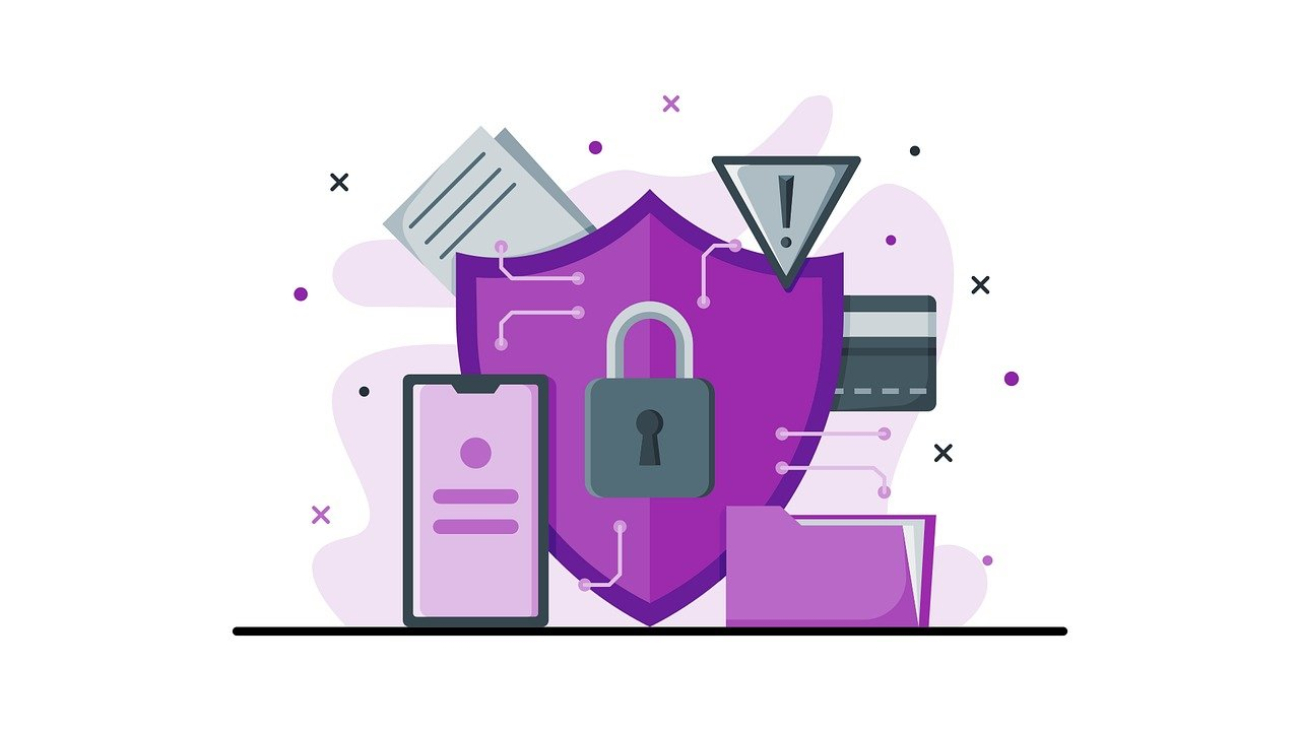Nobody builds a house on a weak foundation, and your business should not rely on unreliable data either. In fact, research shows that bad data costs US firms more than three trillion dollars every year. Even worse, roughly forty percent of company goals fail because decisions are based on inaccurate information.
Data shows up everywhere in your daily workflow. It appears in emails, customer profiles, inventory systems, and internal records. However, if you rely on outdated or inaccurate information, your team slows down, confusion grows, and costs creep upward. Fortunately, you don’t need a full IT department to keep things clean. With the right IT partner and a few simple steps, you can maintain accurate, dependable, and useful data.
Why Good Data Is Key
Running a small business is challenging, and poor data only makes it harder. With accurate data, you can make better decisions, improve customer satisfaction, and streamline your operations. As a result, you boost sales and strengthen your company without wasting resources.
You might wonder whether this is the same as data integrity. Actually, data integrity focuses on preventing data from being corrupted or leaked, while data quality focuses on whether your information is accurate, complete, and useful. In other words, data integrity protects the data you rely on, and data quality ensures that the data you rely on is worth protecting.
For national standards and definitions, see the NIST Data Integrity and Quality Guidelines.
What Makes Data “High Quality”?
High-quality data checks a few simple boxes. When your information meets these standards, your business runs smoothly and quickly.
1. It’s Accurate
First, your data should reflect what is actually happening in the real world. That means no spelling mistakes, outdated invoices, or wrong contact information. Accurate data support reliable decision-making.
2. It’s Complete
Next, complete data contains all the information you need. Missing fields, half-filled forms, or incomplete records slow everything down and increase guesswork.
3. It’s Current
Outdated data can be more harmful than having no data at all. For example, relying on last year’s sales trends to make this month’s decisions may quickly point you in the wrong direction.
4. It’s Consistent
Consistency matters. If a customer’s name appears three different ways across your systems, your team wastes time figuring out which one is correct. Consistency removes friction across workflows.
5. It’s Unique
Duplicate records confuse numbers and inflate totals. You don’t want “Bob Smith” listed five times with slightly different details. One accurate record per person is all you need.
6. It’s Useful
Finally, useful data helps your team take action. Too much clutter or unnecessary details make it harder to focus on what matters.
What Happens If You Ignore Data Quality?
Consider a big email campaign. If your list is filled with outdated addresses or duplicate contacts, your open rates drop, your bounce rate climbs, and your sender reputation suffers.
Or imagine incorrect delivery information in your system. As orders go to the wrong place, you lose time, money, and customer trust. Even worse, fixing these issues afterward requires far more work than preventing them in the first place.
Studies like the Verizon Data Breach Investigations Report also highlight how poor data quality can lead to accidental exposure and operational mistakes.
7 Simple Ways to Keep Your Business Data Clean
Below are practical steps that help you reduce errors, improve efficiency, and keep your data reliable.
1. Decide What Info Actually Matters
Start by identifying the most important information in your workflow, such as customer details, payment terms, or order information. Then create simple guidelines your team can follow. When everyone uses the same format, your data becomes easier to manage.
For support developing these standards, explore Managed IT Services in Houston.
2. Show Your Team the Right Way to Do It
Many data issues happen because people aren’t sure how to enter information correctly. Instead of long, complicated manuals, offer a brief, clear guide on how to format names, addresses, and customer details. This small step improves accuracy right away.
3. Tidy Things Up Often
Don’t wait too long to clean your data. A quick monthly review helps you spot duplicate entries, outdated details, or missed fields before they grow into bigger problems.
4. Use Smart Tools to Prevent Errors
Some mistakes can be stopped as soon as they happen. Smart tools make a big difference.
-
Use form validations for emails, dates, and numbers
-
Require essential fields such as email or phone
-
Set automatic checks for common errors in your CRM
For small teams, these tools reduce manual cleanup.
5. Give Your Team a Way to Flag Issues
Often, your employees are the first to notice problems. If customer names are getting mixed up or records look wrong, they should have a simple way to report it. When issues are flagged early, fixing them becomes much easier.
6. Keep Your Documentation Updated
As your systems, tools, and team members change, make sure your documentation keeps up. A short, clear note that explains where data comes from, who manages it, and how it should be used helps everyone stay aligned.
For structured data protection support, see Cybersecurity and Exposure Management.
7. Watch a Few Key Metrics
You don’t need to monitor everything. Instead, check a few important metrics each month:
-
How many duplicates appear?
-
Are important fields often blank?
-
How accurate is your customer info?
These small checks help you stay ahead of major issues.
Don’t Let Bad Data Hold Your Business Back
You don’t need a complete overhaul to improve your data. Instead, start with small adjustments. Clean your existing records, create simple rules, and ask for help when needed. That’s where we step in. We help small teams organize their data without stress or confusion.
Better data leads to smoother workdays, clearer decisions, and happier customers. If you’re ready to stop wasting time on messy information, reach out through Contact Graphene Technologies and let’s get your data back on track.
For additional standards and best practices, you can also review the CISA Data Quality Recommendations.









